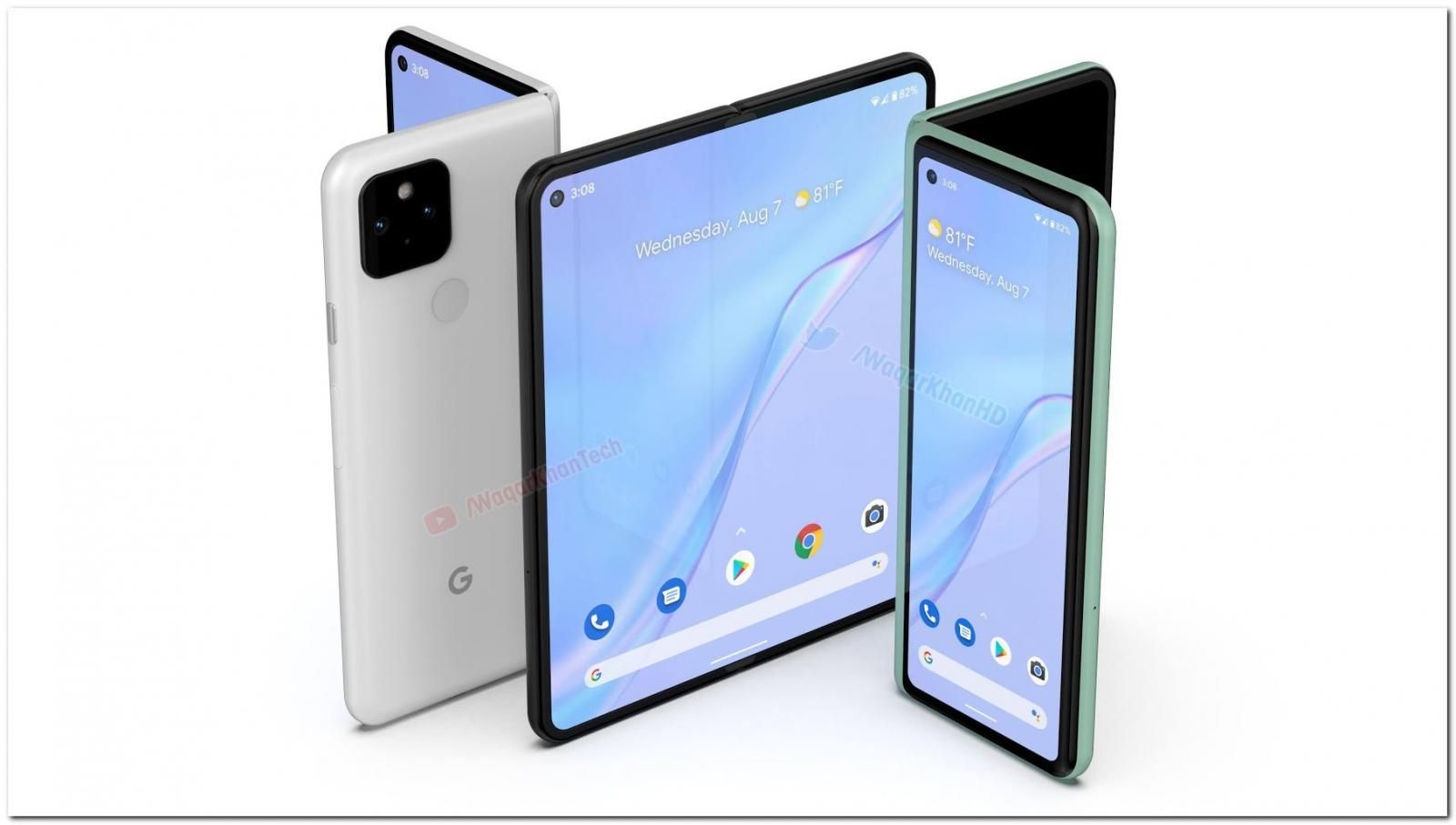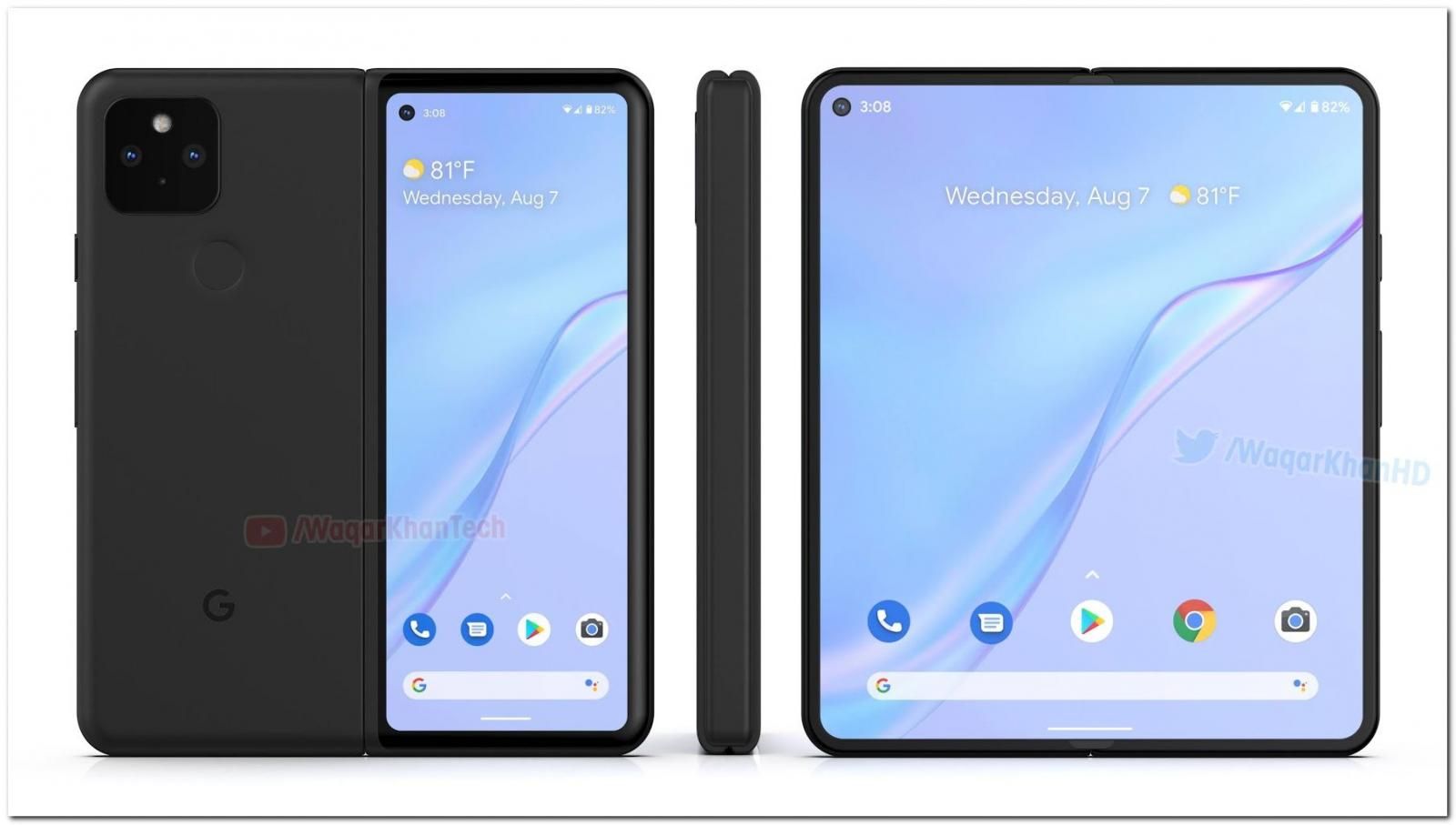The rumors of Google working on a foldable Pixel smartphone date all the way back to 2019. Back then, it was reported that Samsung has sent samples of its foldable panel to Google as well as Apple. Even a leaked Google document hinted that a foldable device is definitely in the planning stage. Now, as per a fresh report from Korea’s ETNews, Samsung will supply its in-house Ultra-Thin Glass (UTG) display solution destined for Google’s foldable device.
“According to the industry on Sunday, it has been reported that Samsung Display is planning to sell its UTG to other smartphone manufacturers in order to strengthen its foldable display business. It is expected that its foldable OLED panel and UTG will be applied together for a foldable smartphone that Google is preparing.”
So far, UTG tech has been exclusive to Samsung’s own foldable phones. Rather than relying on a layer of plastics, Samsung managed to create an extremely thin layer of glass that was flexible and more durable too. Samsung Galaxy Z Flip was the first foldable phone to employ the solution, and later, the Galaxy Z Fold2 also came equipped with a UTG layer too. This is how Samsung describes the UTG layer:
“The glass, while only 30μm thick, is produced using an intensifying process to enhance its flexibility and durability. In the process, the UTG is injected with a special material up to an undisclosed depth to achieve a consistent hardness.”
Concept render of a foldable Pixel (Credit: )
Samsung plans to start selling the UTG foldable panel solution to other brands in the second half of 2021, with the ultimate goal being the expansion of its display business. While there are concerns that selling UTG to other brands will cause Samsung to lose its competitive edge, the South Korean electronics giant is reportedly confident that it is still way ahead of the competition when it comes to foldable smartphone technology.
As for Google’s upcoming foldable phone, an Android 12 beta hinted that it is going by the codename ‘Passport’ internally, while another report predicted a 2021 launch for the device. Mario Queiroz, Google’s head of Pixel development division, revealed all the way back in 2019 that the company has been experimenting with the idea for a while now, but didn’t see any clear use-case until then.


